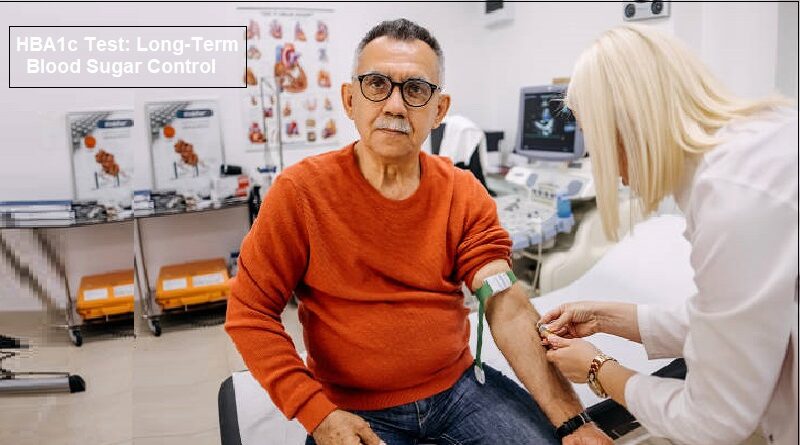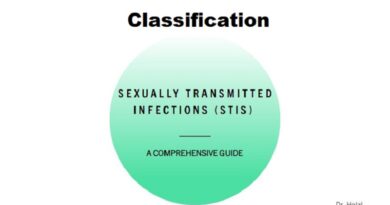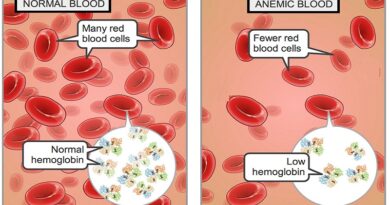HBA1c Test: A Measure of Long-Term Blood Sugar Control
What is an HBA1c test?
Alsolso known as the glycated hemoglobin test, measures the average blood sugar levels over the past two to three months. It is a crucial diagnostic tool for managing and diagnosing diabetes, as it provides a long-term view of blood glucose control. By reflecting how much glucose is attached to hemoglobin in the blood, the HbA1c test helps healthcare providers assess the effectiveness of diabetes management plans and adjust treatments accordingly.
How does the HBA1c Test work?
When blood sugar levels are high, glucose molecules can attach to hemoglobin, a protein found in red blood cells. The more glucose attached to hemoglobin, the higher the HBA1c level. Since red blood cells live for about three months, the HBA1c test provides a snapshot of your average blood sugar levels during this time.
Why is it important?
- Diagnosing diabetes: A high level can be a sign of diabetes.
- Monitoring diabetes: Regular HBA1c tests can help track how well you manage your diabetes.
- Assessing treatment effectiveness: By monitoring HBA1c levels, you can determine if your current treatment plan works and make necessary adjustments.
What is a normal HBA1c level?
- Non-diabetic: Less than 5.7%
- Prediabetes: 5.7% to 6.4%
- Diabetes: 6.5% or higher
How often should you get a test?
If you have diabetes, it is recommended to get a test every two to three months. If you’re at risk for diabetes, you may need less frequent testing.
SUMMARY
The HBA1c test measures average blood sugar levels over 2-3 months. A high HBA1c can indicate diabetes. Regular testing helps monitor diabetes and assess treatment effectiveness. Non-diabetics should have an HBA1c below 5.7%.
If you have concerns about your blood sugar levels or diabetes, You may visit our Facebook page and send us a message.
Discover more from Helal Medical Manila
Subscribe to get the latest posts sent to your email.




